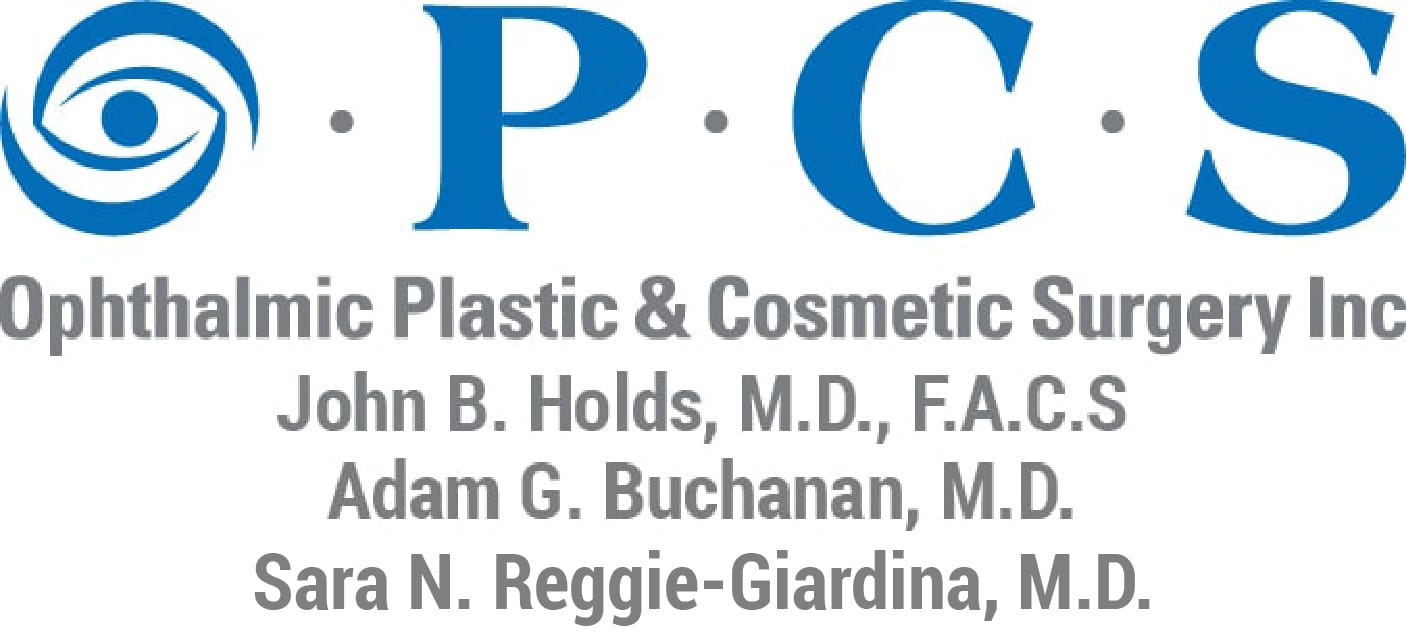What Causes Persistent Eyelid Twitching?
- Posted on: Aug 30 2018

Eyelid twitching brought on by caffeine, stress, or fatigue is harmless and usually doesn’t cause any discomfort. Strong spasms of the eyelid or both eyelids can cause the eyes to shut completely, though, causing unnecessary stress. Usually, eyelid twitching resolves on its own when the trigger has passed. For example, if fatigue causes twitching, a good night’s sleep should solve the problem. For some people, blepharospasm is a daily occurrence.
What Could Persistent Spasms Mean?
When a person’s eyes are experiencing frequent spasms, we want to know why so we can treat the relevant problem. Sometimes, it is a mere sensitivity to light that causes twitching. Spasms may also stem from chronic dry eye, pinkeye infection, or blepharitis (chronic inflammation of the eyelid). Nerve and neurological disorders like Bell’s Palsy or Parkinson’s disease may also be associated with blepharospasms.
Treating Blepharospasm
While it is advantageous to explore the origins of blepharospasm, what patients are most interested in is relief. In many situations, it is possible to take a non-surgical approach to reduce muscle spasms. However, sometimes, surgery is necessary. Dr. Holds is a fellowship trained oculoplastic surgeon who has been treating essential blepharospasm and hemifacial spasm for more than twenty years. A comprehensive consultation and examination provide him with the necessary data to determine an appropriate treatment protocol for each patient.
In mild to moderate cases of blepharospasm, as well as some cases of hemifacial spasm, Botox may be an ideal treatment modality. Dr. Holds was involved in the initial clinical testing of “Oculinum” toxin, the product that preceded Botox, during the 1980’s. His extensive knowledge of this treatment has been documented in peer-reviewed articles and put into practical use with thousands of patients. More severe cases of blepharospasm and hemifacial spasm may require surgery to alleviate symptoms.
Treatment for blepharospasm may sound as simple as a few Botox injections, but that is not the case. Patients in need of medical Botox should obtain treatment in a clinical setting from a doctor who is familiar with blepharospasm and its potential causes.
Schedule a Consultation
Learn more about treatment options for blepharospasm in our St. Louis office at 314-567-3567.
Posted in: Blepharospasm

